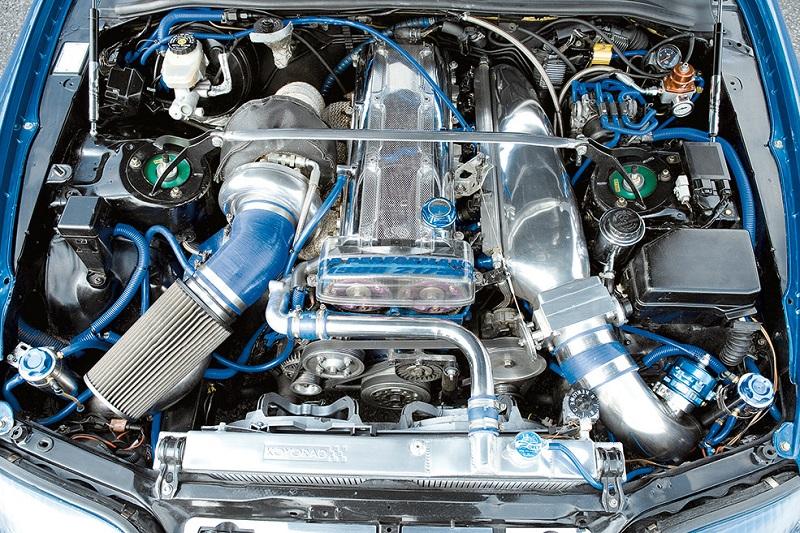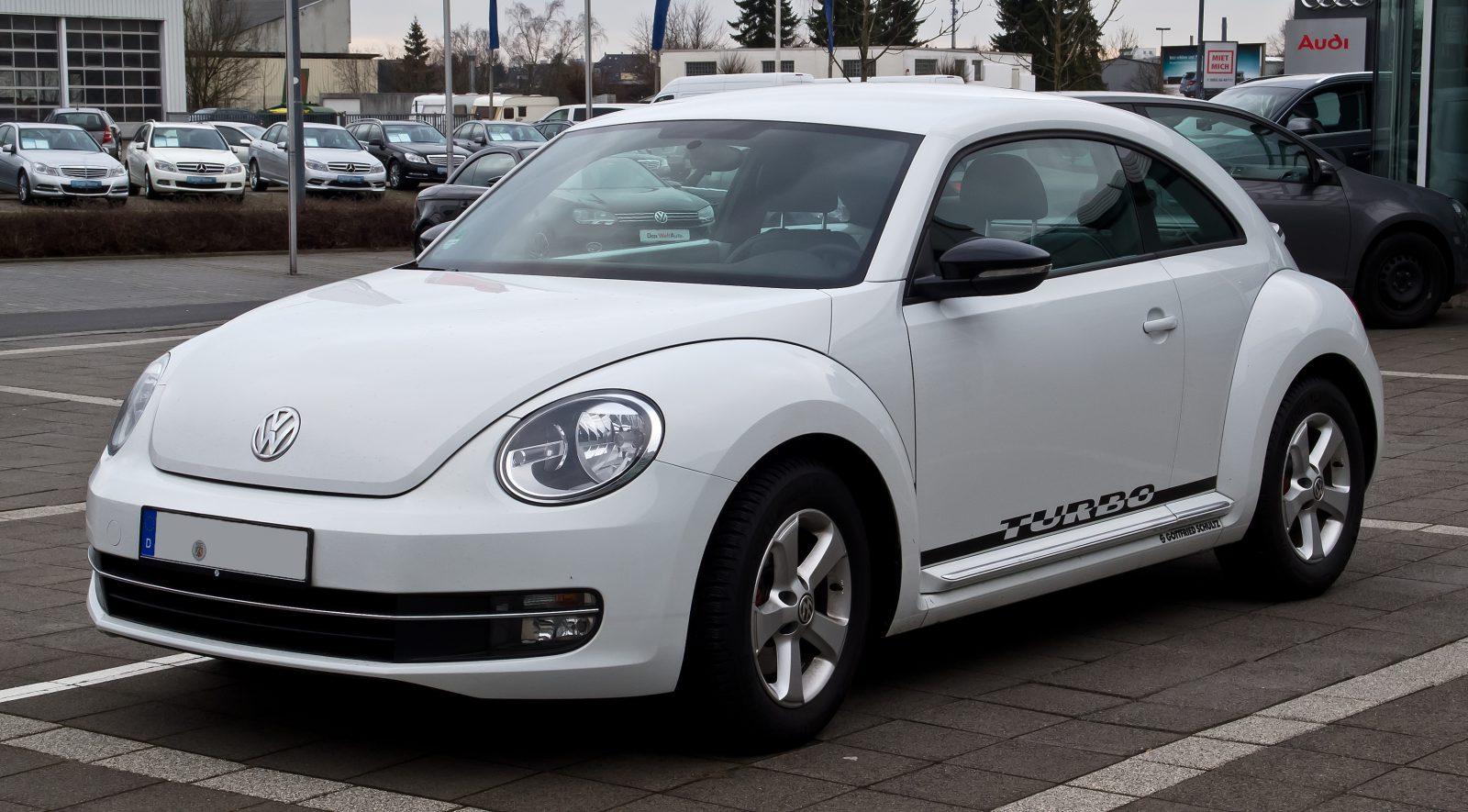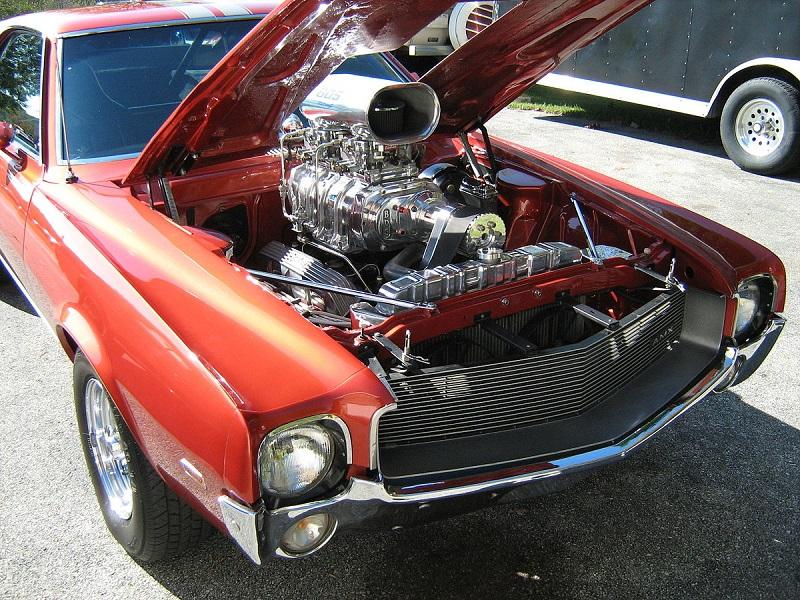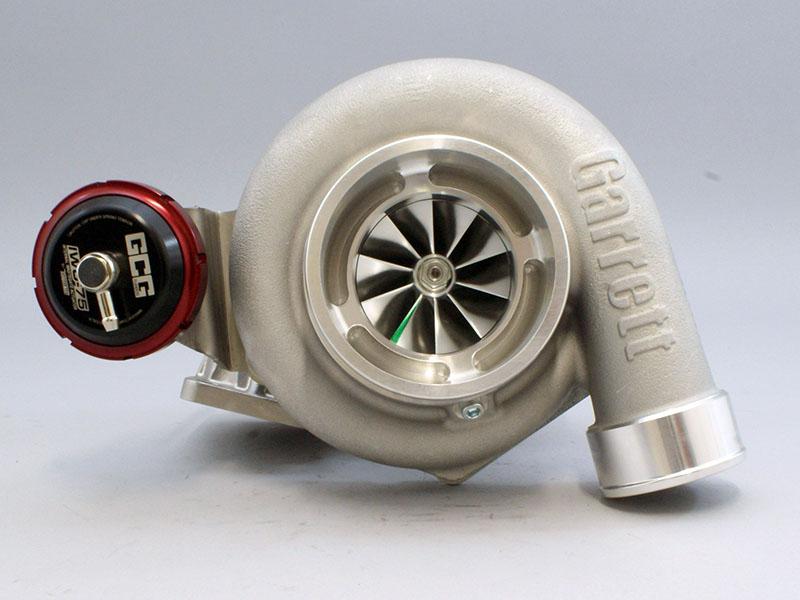The turbocharger is a familiar term when you talk about race cars and high-performance sports vehicles. They are also not uncommon to find in larger diesel engines. A turbo is a device that can enhance the horsepower of an engine without adding to its weight. How does a turbo work and make that possible? And, what features have made them so popular?
Contents
What Is a Turbocharger?
People from the 1980s are likely to be better acquainted with the word ‘turbo’ because it was applied to plenty of products at that time such as turbo skateboards, turbo razors, and many other things. But, this is not what has revolutionized the auto industry.
A turbocharger is a turbine-driven forced induction machine that boosts the efficiency and power output of an internal combustion engine by bringing additional air into the combustion chamber.
If it seems a bit complicated to understand how a turbo works, take the cue from the fact that an engine run by a mixture of fuel and air. When a turbocharger brings more air into the chamber, it gets mixed with more fuel, yielding more power as a result. It smuggles air by compressing it using the energy of the exhaust gasses coming out of the engine.

Different Types of Turbocharger?
There are various types of turbocharger in the industry of automotive:
Single – Turbo
When talking about single turbochargers, most people will think of it as a turbo. Automotive mechanics, by changing the element size inside the turbo, can create divergent characteristics of torques. While small turbos can increase power at the low-end and spool faster, the large turbos boost the level of top end power. Both of them are cost-effective tools of raising engine efficiency and power. Not to mention, with the small size, they allow smaller engines to increase working function compared with bigger engines. The drawback of the Single- turbo is that it can work well within just a narrow RPM range. Another disadvantage is that there will be turbo lag before the turbo starts to operate.
Twin-Turbo
Just like the name, a second turbocharger is installed to the engine. By doing this, the second turbo allows higher power and wider RPM range. To be more specific, the smaller turbo works at low RPMs, while the large one for higher RPMs. As a result, twin-turbo is high in the complexity, and cost.
Variable Geometry Turbocharger
Variable geometry turbocharger, or VGT, is a ring of aerodynamically-shaped vanes installed inside the turbine. These internal vanes rotate with the purpose of varying the gas swirl angle. The most impressive feature of variable geometry turbocharger is the ability of matching the turbos area-to-radius with the engine’s RPM in order to maintain peak performance. As a result, it can reduce turbo lag and smooth the torque band. On the other hand, VGT is limited in petrol engine applications. The reason for this is the components made from exotic materials. It is the requirement since the VGT must withstand high temperature exhaust gases. For that reason, it stops the chance of VGT joining with luxury engines.
Variable Twin-scroll turbocharger
Also called VTS, this turbocharger combines variable geometry turbo with twin-scroll turbo. With this special combination, the variable twin-scroll turbocharger provides a more robust alternative, as well as cheaper for car owners.
Electric Turbochargers
If you are looking for the resolution to delete turbo lag, electric turbocharger is your main weapon. Assisting turbochargers where conventional turbo is not the best, electric turbocharger works by adding electric motors spinning the compressor of the turbo until the power from exhaust volume is high enough to start the turbocharger. And this is the most perfect turbochargers since it has the solutions for every problem of conventional turbochargers.
How Does a Turbo Work?
The working principle of a turbocharger is almost similar to a jet engine. A jet engine eats up cold air through its front side, pushes it into a chamber to mix and burn with fuel, and then discharges hot air through the back side.
When the hot air leaves the engine, it winds a turbine that in turn drives an air pump or compressor located at the engine’s front side. It pushes the air into the engine and allows a proper burn of the fuel.
How does a turbo work in a car engine? It applies almost the same principle of a jet engine. It has two main parts – a turbine and a compressor. When one part spins, the other spins with it too because they are linked to each other. Exhaust gasses blast out of the engine when the fuel burns inside the combustion chamber. The gasses go down into a tube and wind the turbine, which rotates at significantly high speeds and causes the compressor (which is actually a turbine in reverse) to spin. This chain of action siphons more air into the engine cylinder, allowing burning more fuel and producing more power each second.
The question could arise that why not the turbochargers get overheated despite running in extreme temperatures and taking huge loads of pressure. The answer is – an intercooler. There is an intercooler with every turbocharger that cools down the discharged hot air. The oil cooling system takes care of the turbo and does not let it become overheated.
Almost all the modern cars with diesel-run engines have turbochargers because diesel engines are tougher than petrol units and have simpler intakes.
How Does a Turbocharger Work? (At a Glance)
To explain it briefly, the step-by-step procedures of how does a turbo work are:
- The engine’s air intake sucks in cool air and sends to the compressor.
- The compressor compresses the incoming air and heats it up. It then blows out the hot air.
- The hot air cools down when passing through the heat exchanger and enters the cylinder’s air intake.
- The cold air burns inside the combustion chamber at a faster rate because of carrying more oxygen.
- Due to the burning of more fuel, the energy output will be bigger faster, and the engine will be able to send more power to the wheels.
- Hot waste gasses will leave the chamber and blows past the turbine at the exhaust outlet.
- The turbine rotates at a high speed and spins the compressor too as both are mounted on the same shaft.
- The exhaust gasses leave the car through the exhaust pipe. They waste less energy than an engine not having a turbocharger.

What are the Benefits of Turbochargers?
The extra power is definitely the key selling point of turbochargers but it is not the only benefit they offer. Another lucrative advantage is the fuel efficiency. A turbo engine uses much less fuel to produce the same power as compared to the standard engines. This is the reason for Ford to use a 1.0-liter turbo engine in the place of the 1.6-liter petrol engine in some of their models. Similarly, you will see a 4-cylinder turbo engine instead of a 6-cylinder and a turbocharged V6 replacing a V8 in many new models.
Turbocharged cars are actually better than standard petrol vehicles because they use less fuel and burn oil more cleanly to cause less air pollution.
Another benefit of using turbochargers is that they enable the engine to yield more torque at the lower rev range, which gives a car an edge while driving around the city. The additional torque comes handy for easily pinching the gaps.
Another welcoming advantage of turbo engines is their quiet nature. They buffer the intake sound and allow a car to ride the streets without making annoying sounds.
SEE MORE
Turbocharger Versus Supercharger
If you understand how does a turbo work, you will also comprehend the working principle of a supercharger. Both the devices do the same job – producing more power out of a car’s engine. However, their working principles are different. A turbo runs when the exhaust gasses wind the turbine but a supercharger generates power from the rotating crankshaft. This working principle is actually less efficient because it uses energy from the car’s engine while a turbo makes use of the wasted energy.

However, superchargers can produce a better throttle response because of their more direct and mechanical connection to the engine. Unlike the turbos, there is no lag to delay the response.
What Car Models Have the Turbo Engine?
The diesel-run cars mainly have a turbocharged engine. In addition, most automakers have one or two turbocharged models in their line of products. To name a few, Renault-Nissan has labeled their turbo-diesel as dCi and turbo-petrol as TCi, which are TDI and TSI for Volkswagen and TDCI and Ecoboost for Ford, respectively.
Hopefully this article will be useful for you. If you have any car question, feel free to leave us a comment in the box below, we will answer it for you.
Frequently Asked Questions
The benefits of turbochargers are attractive to many drivers and car owners. For that reason, the questions for this amazing automobile part are various. In order to provide a better understanding, our car experts will help you answer these most common questions:
Who is the turbocharger’s Inventor?
Alfred J. Büchi (1879-1959) is the father of this incredible car part. He is an automotive engineer employed by the Gebrüder Sulzer Engine Company of Winterthur, Switzerland. Alfred created the turbocharger before World War I and published it in Germany in 1905. His contribution to the turbocharger is so great he kept improving designs for it until his death.
What is the disadvantage of turbo engines?
The most crucial drawback of a turbo engine is the fuel. Since the compressor will force more air into the chamber of the combustion than an engine using the pressure from the atmosphere alone, more fuel will be sent into the engine. This gives the engine much more potential power, yet also burns so much energy.
How many miles do Turbos last?
Of course turbo increases power, but it cannot provide power forever since it raises fuel consumption. Unlike large engines that can develop power all the time, car owners need to think carefully when using turbo. Turbo usually lasts around 75,000 miles before letting out a cloud of black smoke. It is recommended to not force it to this point.




Hello, I own a 4×4 ATM Toyota Hilux Vigo 2012 model well build but the only challenge I have encountered it’s a rare 2 wheel drive, I get problems in rainy season. Is there anything I can do about it?
Wow! Wow!
Thank you for this article.
I drive a 2001 Mercedes Benz E200 Kompressor with a turbocharged engine, now I know what a turbocharger is
I have a Subaru Impreza 2010 model, the challenge with this car is, it consumes more fuel on drive mode when am on a highway while in town it consumes less on the same drive mode, but the sport mode on highway consumes less fuel, I thought it should be vice versa? Please help.
Kindly give tips on how to maintain a Toyota vista 2002.
Thanks for the knowledge but my question is , is A HARRIER a turbo car and why does it have 4 gears
This great I like it